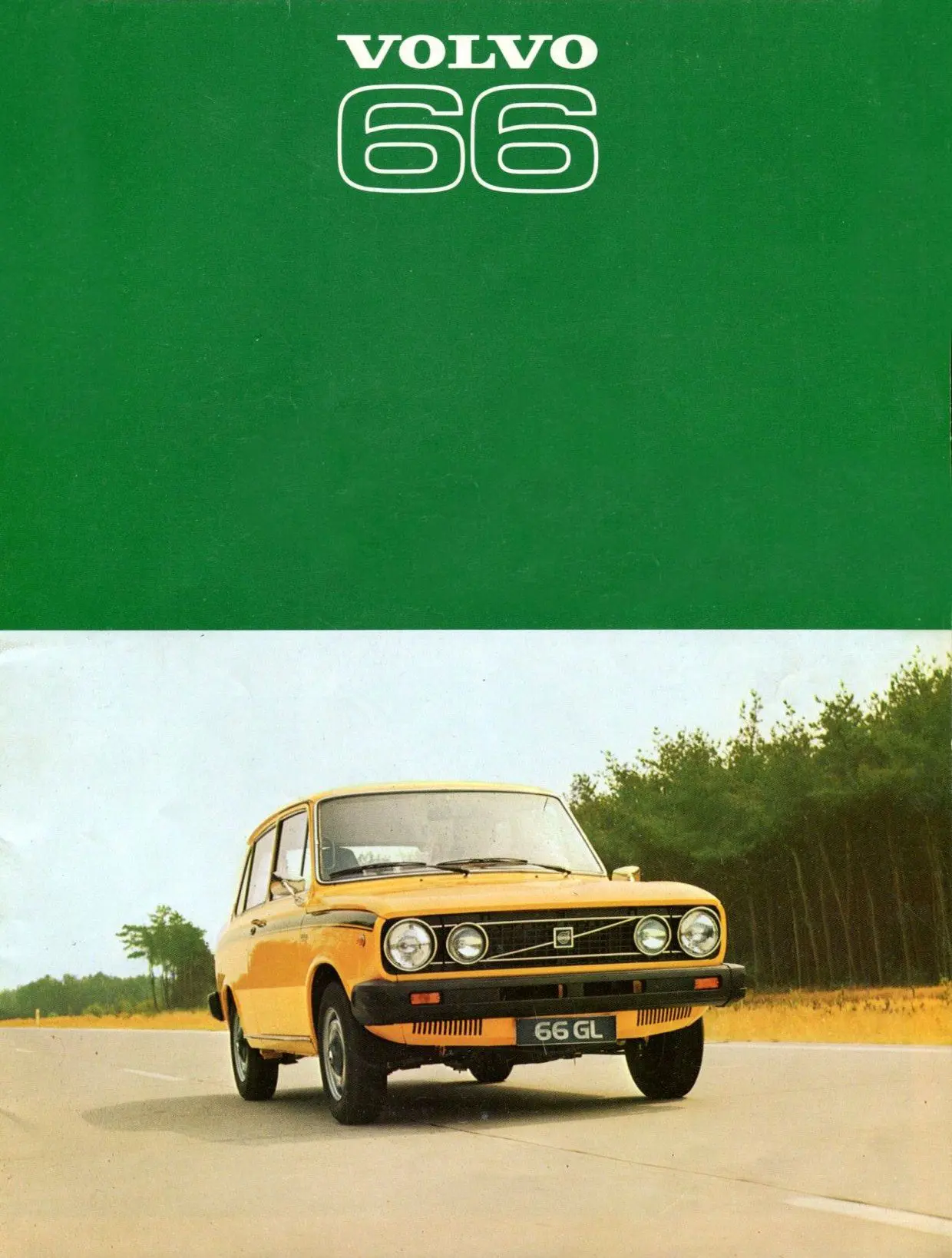Ten Vehicles That Altered Their Identity
15 January 2024
It could be watching a film shot in New Zealand and wondering why a Hillman Minx is badged as a 'Humber 80' or seeing an old US advertisement for an Avenger under the name 'Plymouth Avenger'. And in 1981, when this writer was aged 11, he was mesmerised by the Fiat-based SEATS on his first visit to Spain.
A vehicle might change its identity for any number of reasons – marketing, import restrictions, or sales outlet politics being just three. Here are ten prominent examples of car and vans that altered their identity:
1957 Morris Marshall
Or a rebadged Austin A95 with a new grille from BMC-Australia to satisfy local Morris dealers. But at £A1458, it was not only slightly more expensive than its stablemate but over £A200 more than a Holden FE Special. There was also the image problem: many buyers did not associate the Morris name with large cars, and only 1,000 examples are believed to have left the plant.
1959 Dauphine Alfa Romeo
A 1958 deal resulted in an Italian-built Dauphine to provide Alfa Romeo with a rival to the Fiat 1100 Special. In return, the French concern would see A-R vehicles via its home dealership network. The Portello factory made the Dauphine until 1965.
1970 Sunbeam Vogue
1970 marked the end of the Rootes Group as the company's American owners now brand their British subsidiary 'Chrysler UK'. They also dispensed with the
Singer marque, resulting in a surplus of Vogue bodyshells, and their solution was to rebadge them as Sunbeams. Sales ran from only April until October.
1975 Volvo 66
Volvo's acquisition of DAF in 1975 resulted in their 66 gaining a new marque name. The 'Volvo 66' - as "The Start of Something Small" Production continued until 1980, with one advertisement claiming, "In designing, engineering, and assembly of the 66 we've been as meticulous as with any other Volvo".

1980 Saab-Lancia 600
AKA a Delta version sold only in Sweden, Finland and Norway. Saab could not afford to develop a replacement for the 96, and the solution was a Lancia with bodywork modifications to protect against corrosion and alterations to the starter and the heater.
1980 VW Dodge/1500
British motorists will probably recognise it as the Hillman Avenger, which Argentina started to build in 1971 as the Dodge 1500/1800. The parent firm Chrysler eventually sold the factory to VW-Audi, who rebadged the line-up as the 'Volkswagen Dodge'. It was replaced by the 'Volkswagen 1500' and sales of the Argentinian Avenger continued until 1991.
1982 – Lonsdale
Or a cunning way for Mitsubishi to circumvent the UK's voluntary import quota for Japanese cars by shipping A160-Series Galants under a new name from Australia. Alas, when Autocar tested the flagship Lonsdale 2.6, they asked, "Why, you might ask yourself, should I buy an Australian-built Japanese car when I can buy the Japanese-built version of the same car?".
1982 – Morris Metro Van
In July 1982, BL announced the impending demise of the Morris badge on passenger cars as the Austin Montego was due to replace the Ital in 1984. They would use the famous name on their light commercials, but the 'Morris Metro' was replaced by the 'Austin Metro 310' in 1985.
1983 – Rover Quintet
" A new concept in motoring", claimed Jaguar Rover Australia, although cynics muttered it was a rebadged Honda Quint sold by JRA in the home market only.
1987 – Sterling
Rover's previous exports to the USA were not 100% successful, so the company marketed the 800 in the States as the Sterling -
Alas, Consumer Guide reflected the cabins "which were praised for their real-wood accents and high- grade leather, were shedding trim bits at an alarming rate".
